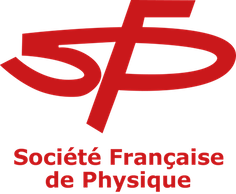Orateur
Description
« What is measured at the LHC, can be well explained by the Standard Model (SM) of Particle Physics. Nevertheless, several phenomena cannot be explained by the SM for example the matter-antimatter-asymmetry detected in our universe and no dark matter candidate was confirmed. In order to resolve these puzzles, it is important to identify good candidates for new physics (NP) searches. One of those is the $b \to s \ell^+ \ell^-$ transitions. Because they are forbidden at tree level, those rare decays are forbidden at tree level. In addition, New Physics particles could contribute to the loop contributions.
The LHCb experiment reported discrepancies to the SM in rare $b$-hadron decays. Most of those measurements are performed in rare $b$-meson decays. Therefore, it is interesting to study if rare $b$-baryon decays show the same behavior. A Lepton Flavor Universality test has been performed in $\Lambda_b \to pK^-\ell^+\ell^-$ (arxiv:1912.08139) and was found to be compatible with the SM and at the same time with the other rare $b$-meson decays.
The following work aims to learn more about the SM and possible NP by performing an angular analysis in the rare $\Lambda_b$ decay. The focus is set especially on the $\Lambda(1520)$ resonance due to its abundance and the existence of SM and NP predictions of the angular observables (arxiv:1903.00448, arxiv:2005.09602). »

